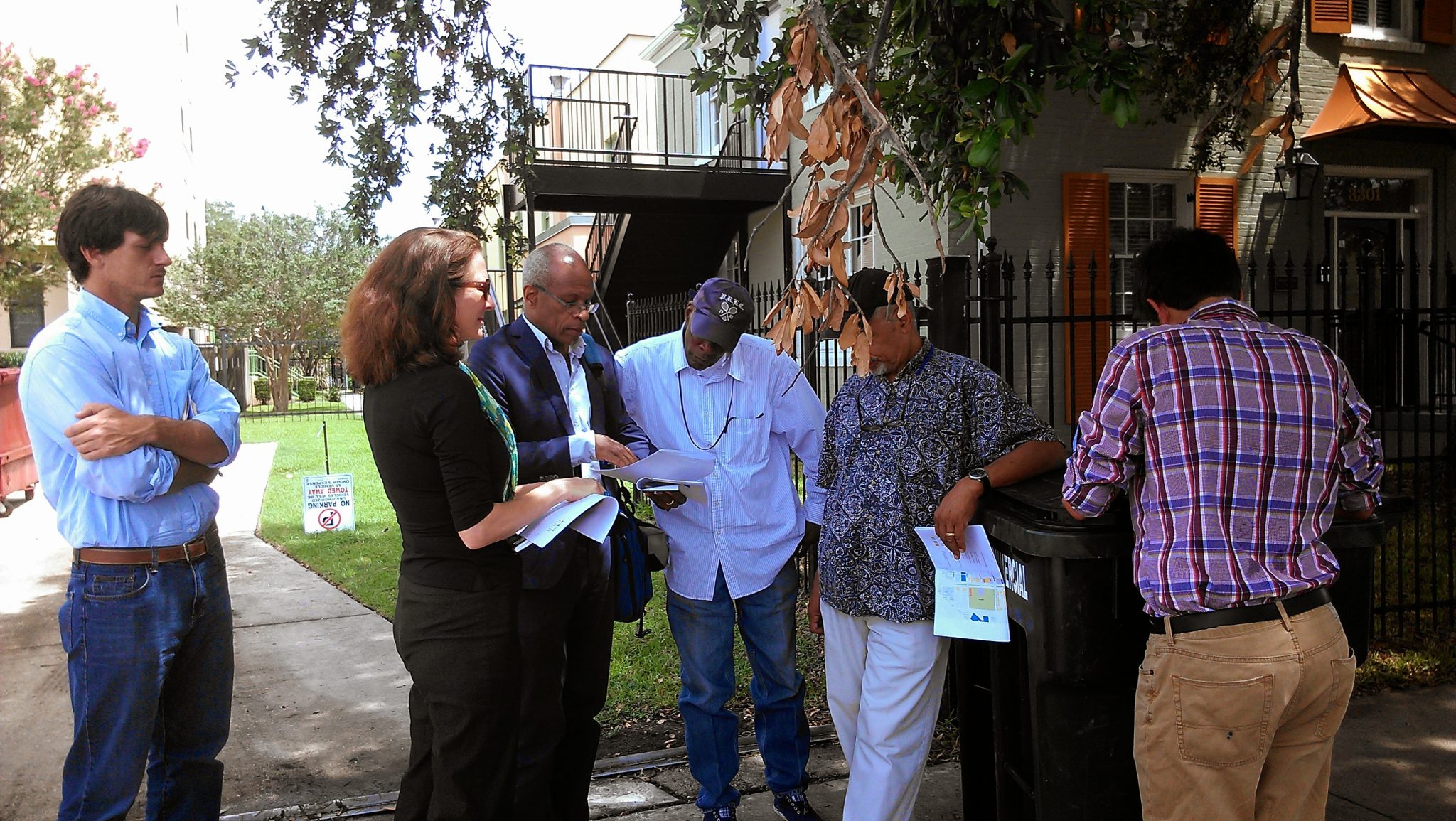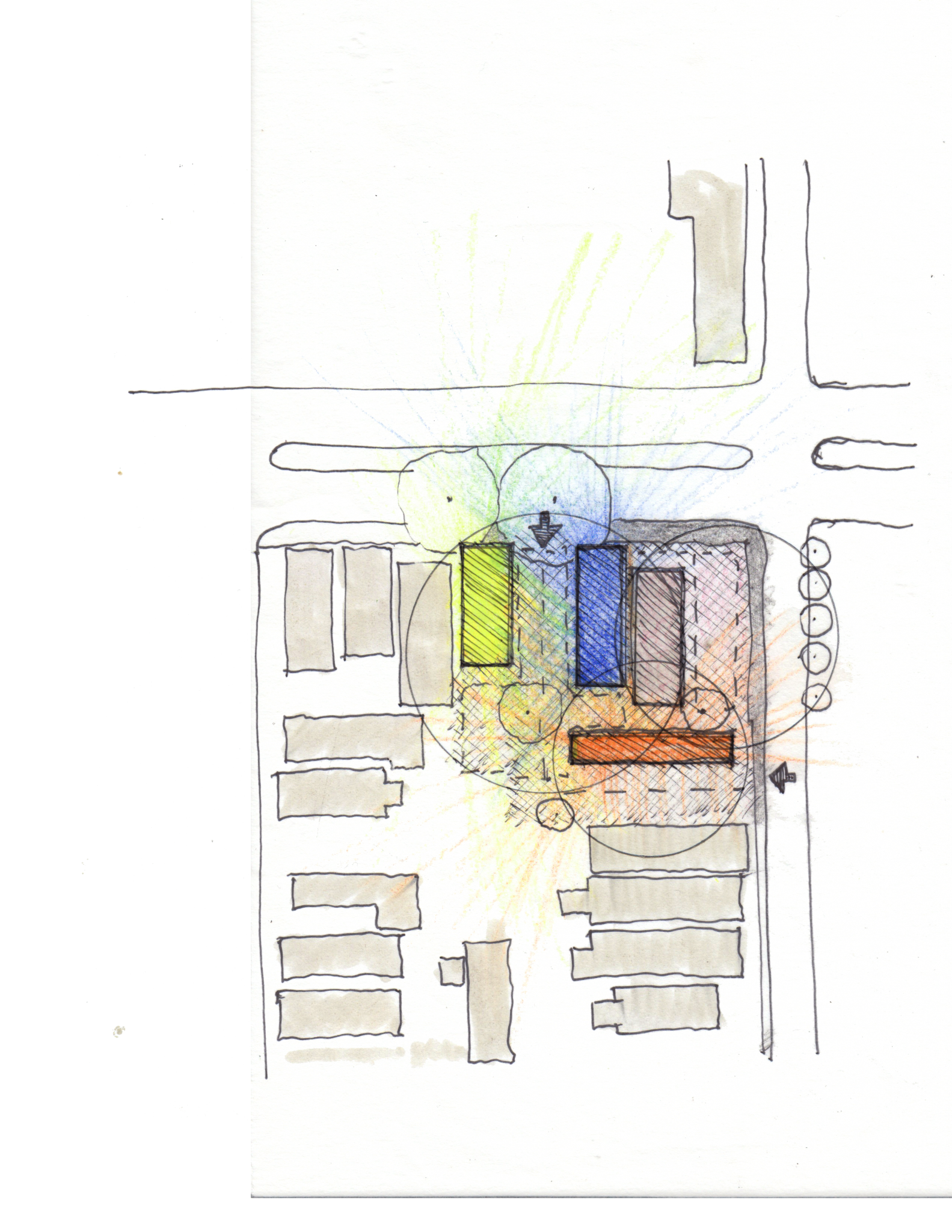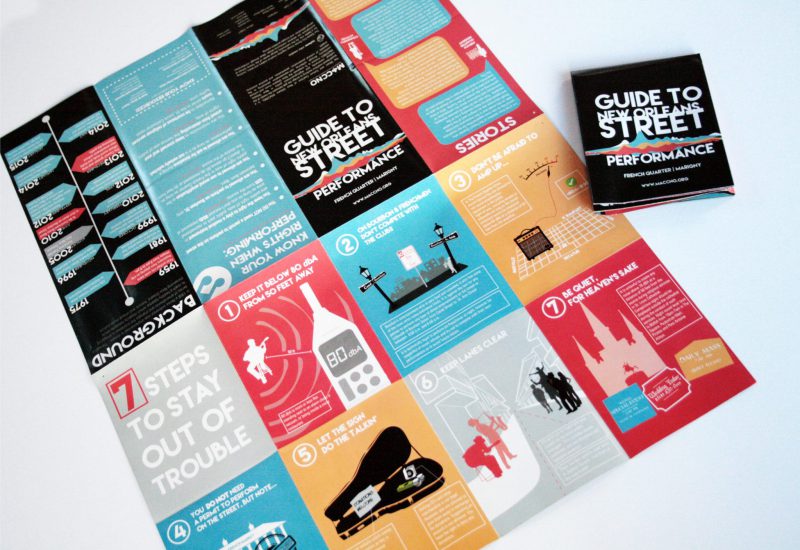Mardi Gras Indian Cultural Campus
Small Center partnered with the Mardi Gras Indian Council to design a Cultural Campus on LaSalle Street in Central City.
Project Dates
January 2014–May 2015
Context
The Mardi Gras Indians are a treasured cultural tradition of New Orleans. Though they garner attention nationally and around the world, there are few formal spaces where their traditions can be explored as curated and presented by the Indians themselves. Further, the Mardi Gras Indians and other culture-bearers often receive accolades without receiving direct benefits from New Orleans’ multi-billion dollar tourism industry. Representing a wide range of individual tribes, the Mardi Gras Indian Council sought to create a cultural campus that would allow them to share their traditions with both the next generation of Indians and the general public.
Small Center Engagement
The Small Center team produced a thorough analysis of Central City, LaSalle Street, and a double shotgun house purchased by the Mardi Gras Indian Council. From this analysis, the team developed a “campus plan” utilizing additional buildings and vacant lots to provide a location for display of MGI artifacts, performances, and workshops, including both temporal and permanent designs to explore how the Mardi Gras Indians might create a presence year round.
The team worked closely with Council representatives to determine the needs of the proposed cultural campus, including gallery space, storage for artwork and artifacts, performance space, and multi-purpose workshop space where visitors could learn sewing techniques and other skills from Mardi Gras Indian instructors.
The iterative process included assessment of a variety of possible site locations, various art installation designs to be associated with the campus, and design of a performance space that would allow crowds to gather both within the campus and in the public space beyond, particularly during special events such as Super Sunday and St. Joseph’s Night.
Partner Organization
Legendary Chief Robbe (Robert Lee) founded The Mardi Gras Indian Council in 1985 to represent the Mardi Gras Indian tribes and preserve the unique New Orleans tradition of “masking Indian.” Every year for Carnival season, neighborhood-based groups of African Americans appear on the streets in elaborate, handsewn suits of the finest beads and feathers, confronting other tribes in ritualistic encounters that involve chanting, dancing and competition for the “prettiest” suits. The breath-taking suits embody the artistic genius, stamina and resourcefulness of the chief and queens. The multiple generations of family and community members who accompany them, in the roles of wild men, spy boys and flag boys, testify to their power as leaders and the genesis of that strength in a community brought together to maintain an extraordinary tradition against great odds.
Outcome
The design investigation was used to secure a competitive $500,000 ArtPlace grant, allowing the Mardi Gras Indian Council to continue their work with the Foundation for Louisiana, acquire additional property, and launch the project. To view the summary document, please click here.
Collaborators
Mardi Gras Indian Council
- Bertrand Butler
- Chief Howard Miller
- Chief Tyrone Casby
Harmony Neighborhood Redevelopment
- Una Anderson
- Charles Cutno
- Michael Hellier
LSU School of Landscape Architecture
- Austin Allen
University of New Orleans
- Amy Eulmer
- Kristyna Jones
- Kim Mosby
Foundation for Louisiana
- Alfredo Cruz
- Flozell Daniels
- Lucinda Flowers
Team Members
Project Leads
- Maurice Cox (Design Lead)
- Nick Jenisch (Project Manager)
Students
- Jenny Renn Key
- Kossen Miller (LSU)
- Matty Williams (LSU)
Staff
- Sue Mobley
- Maggie Hansen
- Emilie Taylor Welty
- John Coyle
- Dozenia Marshall
Support
- Foundation for Louisiana
- National Endowment for the Arts
Special Thanks
- Bertrand Butler












